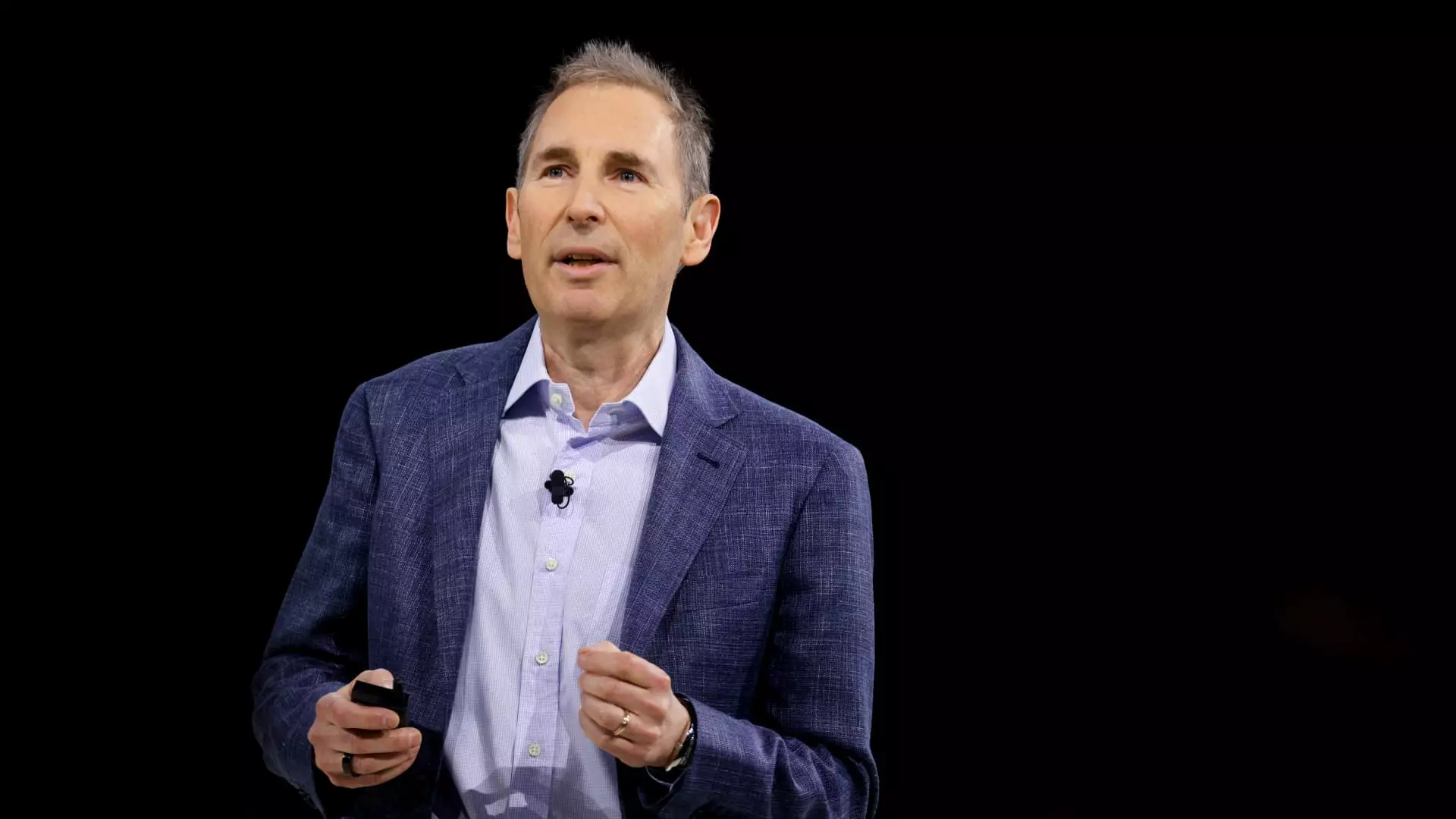Amazon CEO Andy Jassy’s recent remarks shed light on a pivotal shift underway at one of the world’s most influential tech behemoths: the integration of generative artificial intelligence (AI) is reshaping how work is performed, inevitably leading to a contraction in certain job roles. Jassy’s acknowledgment that fewer people will be needed as AI systems assume routine tasks is not just a corporate forecast but a glimpse into the future of large-scale automation. This transition mirrors historical waves of technological change where innovation reunites workforce structures. Yet, unlike past industrial shifts, the speed and scope of AI adoption amplify the impact, compelling companies like Amazon to reconsider the size and nature of their workforce at an accelerated pace.
The Duality of Job Displacement and Creation
While headlines often sensationalize AI as a harbinger of massive unemployment, Jassy offers a more nuanced perspective by recognizing that this automation-induced workforce trimming is counterbalanced by burgeoning opportunities. Amazon’s investment in AI, robotics, and advanced software suggests a strategic pivot: employing machines to handle repetitive “rote work” while empowering humans to focus on more complex, creative, and strategic endeavors. Although the precise net effect on employment remains uncertain, this dual dynamic—job displacement in some sectors while fostering new roles in emerging technology fields—is already observable across the industry. Salesforce and Klarna’s experiences, for instance, reveal how AI can significantly boost productivity, sometimes replacing significant portions of headcount but also necessitating talent skilled in AI development, implementation, and management.
The Broader Tech Sector’s Quiet Workforce Transformation
Amazon’s situation is emblematic of a broader trend among leading tech firms grappling with AI’s rapid evolution. Companies like Microsoft and Shopify actively encourage employees to embed AI in their daily operations, fundamentally changing work methodologies. This shift is compounded by strategic layoffs targeting redundant roles, which have been ongoing in Amazon’s retail and devices divisions. The implications go beyond workforce numbers: the nature of expertise and skillsets demanded is shifting. Employees capable of leveraging AI tools creatively are likely to be more valuable than those confined to manual or repetitive tasks. This reorientation may well dictate competitive advantage in an increasingly AI-empowered marketplace.
Market Performance Amidst Workforce Changes
Interestingly, Amazon’s workforce changes come at a time when its stock performance has been stagnant, contrasting with the meteoric rises seen in peers like Meta, Microsoft, and Nvidia. This contrast suggests that market valuation is not solely determined by immediate labor cost reductions or efficiency gains but rather by investors’ confidence in a company’s overall growth trajectory, innovation pipeline, and adaptability. Amazon’s cautious trimming of jobs in favor of targeted AI investments might reflect a longer-term strategy, prioritizing sustainable evolution over short-term volatility. Whether this approach will eventually translate into renewed market leadership hinges on how deftly Amazon leverages AI not just to cut costs, but to open new avenues of value creation.
Rethinking Work and Human Potential in an AI Era
Beyond corporate strategy and stock market implications, the rise of generative AI at Amazon spotlights a profound cultural challenge: redefining the meaning and scope of human work. Jassy’s hopeful vision—that AI will make jobs “more interesting” and accelerate innovation—raises critical questions. Can AI truly liberate employees to focus on creativity and innovation, or will it simply shift pressure to novel, less automatable tasks? The answer depends largely on leadership’s commitment to reskilling workers, redefining roles, and fostering an organizational mindset that embraces AI as a collaborative partner rather than a replacement threat. This cultural transformation may be the most consequential outcome of the AI revolution, shaping how millions of workers envision their future in an automated age.

